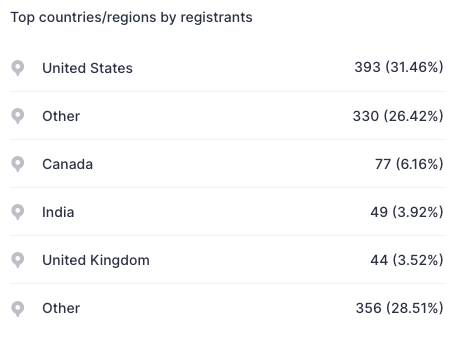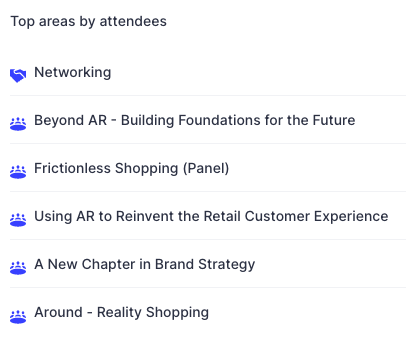In an extremely dynamic and constantly evolving market, brands and companies are increasingly oriented towards innovation, driven by the spread of emerging technologies and metaverse.
Nevertheless, there are very few courses that offer training in integrated and transversal skills of this type to professionals and artists.
For this reason, MIAT is launching two new on-site Masterclasses in the MIAT Academy: “XR Optics” with Meta and “Live Performance in the Metaverse” in order to help professionals in to answer the call of immersive technologies and the Metaverse and meet the demand of this fast growing markets.
XR OPTICS MASTERCLASS
In the span of about a decade, companies like Apple, Meta, Google, Microsoft, Samsung, Sony, Huawei have opened VR/MR divisions, acquired companies and hired thousands of engineers and PhDs in the field of optics to enable this technology leap.
To help engineers and scientific profiles having a competitive advantage in the job Market, MIAT is launching Masterclass with META on XR Optics, led by Dr. Giuseppe Calafiore - Manager responsible for the XR optics at META Reality Labs, who with his team is responsible for the design and implementation of all MR smart glasses and in VR for Meta around the world.
The Masterclass, will be held in Milan from 12 to 16 December 2022, aimed at providing highly specialised professionals (engineers and scientific profiles) with an overview of the fundamentals of optics for virtual reality and mixed reality devices.
The core of the course will focus on advanced and proprietary MATLAB scripts for the design of Mixed Reality (MR) devices. This type of profile is in great demand at international level and there are currently no courses of this kind available in the world.
Link to the Masterclass: https://www.miat.tech/courses/xr-optics-masterclass-bootcamp/Link to the Masterclass: https://www.miat.tech/courses/xr-optics-masterclass-bootcamp/
LIVE PERFORMANCE IN THE METAVERSE
The metaverse increasingly requires the ability to conceive, design and realise essential practical skills in live performances through collaborative and practical experimentation.
The unique international “Live Performance in the Metaverse Masterclass” will take place on 18, 19 and 20 November and on 25 and 26 November full time.
During the Masterclass, led by António Baía Reis - Ph. D in Immersive Media, Professor in Digital Media, Co-founder and Stage Director of Cuarta Pared VR, Professional Actor and Digital Artist, participants will also operate in a virtual world through VR headsets with an artistic crew connected from Spain. They will acquire specialised knowledge and practical skills that will allow them to have a kit of conceptual and practical tools to conceive, design, plan and implement any metaverse project that needs know-how for live performance. The output will be the realisation of a prototype for a live performance project for the metaverse that participants will present on the last day of the masterclass to a jury of international experts
• Jorge Esteban Blein: Co-founder & VR Creative Director in La Cuarta Pared VR, Academy Coordinator & Mentor at Virtual Voyager academy, Metaverse theatre, Ph.D.
• Mark Ashmore: Founder Future Artists, 3rd Year PhD Researcher Immersive Arts, Twitch Producer, Live Event Producer.
Link to the Masterclass: https://www.miat.tech/courses/live-performance-in-the-metaverse masterclass-bootcamp/
Here some useful links:
https://www.miat.tech/the-institute-for-arts-and-emerging-technologies/
https://www.miat.tech/
ABOUT MIAT
MIAT is an educational and creative hub for immersive arts and emerging technologies, integrating an Immersive Academy with hands-on and practitioner-driven industry access training programs, alongside a full-service immersive production centre generating original immersive and metaverse experiences.
We are an international team of immersive storytellers, filmmakers, producers, XR developers, lead artists, animators, sound engineers, combining high artistic skills with a cutting-edge technological expertise delivering training programs in immersive storytelling, metaverse, directing, creative producing, filmmaking, VR shooting, XR art, interactive emerging technologies applications. We love to strengthen the talents of the future and create together high-end original immersive experiences for artistic expression and social impact.
MIAT s.r.l. Via Carlo Freguglia, 10 - MIlan . www.miat.tech . miat@miat.tech . miatsrl@smart-cert.it Registro Imprese di Milano Cod. Fisc. e P.IVA 10581970968 . REA MI - 2543408








